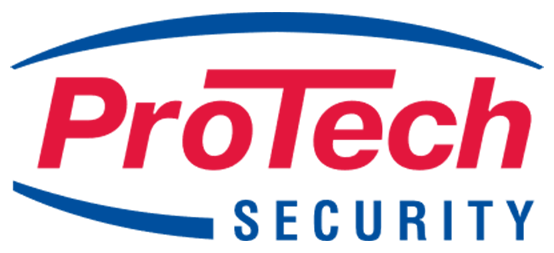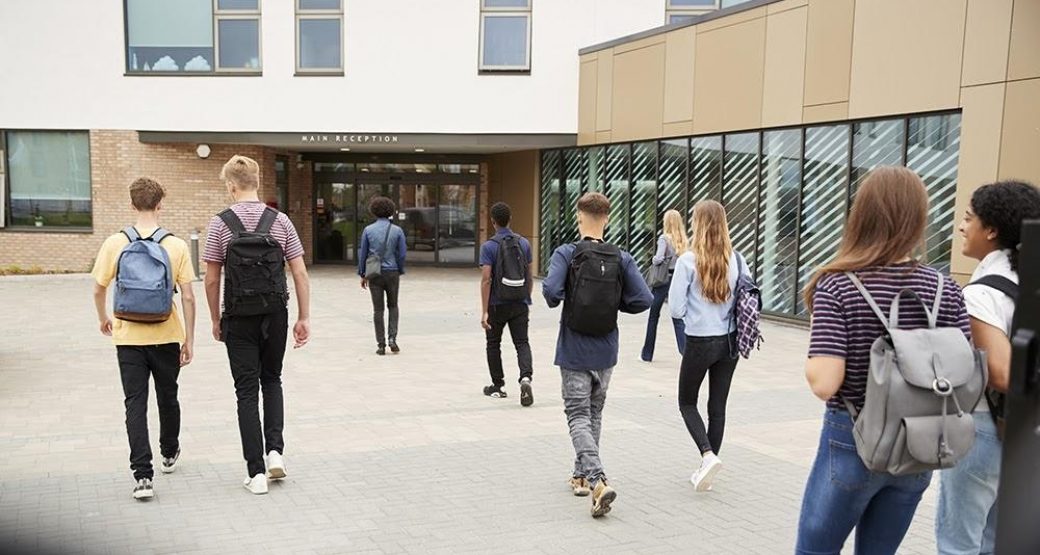When students return to schools in the post-COVID world, things will be different. Masks may be gone, but school safety technology is here to stay.
From temperature screening protocols, regular health checkups, and more, schools will have to resort to more security measures to ensure COVID and other health safety guidelines are being followed.
When a seventh-grade student was infected by COVID-19 in Cleveland last year, the school community was shaken. Twelve students who came in contact with the infected child were asked to isolate. In response, the entire class was subjected to remote learning.
Therefore, in the current scenario, more and more schools are preparing to fight the deadly COVID-19 virus, and school safety technology is playing an important role.
Staggered Schedule for Reopening of Schools
The Centers for Disease Control and Prevention (CDC) recommends schools follow a staggered schedule when reopening.
The staggered schedule should focus on increased ventilation in schools for better air circulation, regular and thorough cleaning of classes and school transport vehicles, masks and sanitizers for all students, and minimal sharing of books and computers.
3 Ways Technology Can Help Keep Schools Safe in the COVID World
Apart from the guidelines issued by the CDC for keeping schools safe in the current pandemic scenario, technology can also help a great deal in identifying possible COVID cases and ensuring safety measures such as social distancing.
Bluetooth Beacons
Some companies are selling Bluetooth beacons to schools to tackle COVID-19. These are low-cost devices comprising an accelerometer, humidity sensor, temperature sensor, and more. These Bluetooth Low Energy (BLE) devices help in contact tracing and ensuring social distance in crowded places such as schools. Most beacons comprise proximity alarms that start ringing when two students are in close proximity to one another.
Security Cameras Equipped With Thermal Imaging
Many schools are buying cameras with thermal sensors to monitor the temperature of students, staff, and visitors, and contain the spread of COVID on the school grounds. These cameras are also equipped with facial recognition and other automated identification tools. They form an important part of school security systems.
Video Analytics
More and more schools are using facial recognition technology, coupled with video analytics to trace contacts. Video security systems equipped with facial recognition can track the location of students or staff members, and identify other people who have been in contact with them. Therefore, with this technology, schools don’t need to close even if there are a few COVID cases. Facial recognition can also be used to trigger a lockdown or simply grant access. This type of AI is far more than just a COVID tool — it’s more of a situational awareness and safety tool, both of which are extremely valuable in the post-COVID world.
With video security systems powered by facial recognition technology, schools can determine which areas need to be sanitized and who need to be quarantined. Video security systems with video analytics can also help in:
- Ensuring compliance with face mask protocols
- Ensuring compliance with social distancing norms
Facial recognition can help a great deal in identifying face mask violations in real-time.
A classic example of a video security system with video analytics is Briefcam. The comprehensive Briefcam Video Content Analytics platform takes video surveillance to the next level by making videos actionable, searchable, and quantifiable. The platform is equipped with Deep Learning Solutions and VIDEO SYNOPSIS to enable face recognition, rapid video review, real-time alerting, and more.
ESSER Funds for School Safety Technology
Per section 18003(3) of the Coronavirus Aid, Relief, and Economic Security (CARES) Act, states are ordered to allocate a minimum of 90% of the grant funds awarded to them, in the form of subgrants, to local educational agencies (LEA). These subgrants are the Elementary and Secondary School Emergency Relief (ESSER) funds.
The ESSER funds are provided to State educational agencies and school districts to help them:
- Safely reopen
- Address the impact of the coronavirus pandemic on the students
- Sustain the safe operation of schools
Schools can leverage the ESSER funds for:
- Any activity authorized by the Elementary and Secondary Education Act (ESEA)
- Improving coordinated responses among the state, local, public, tribal, and territorial public health departments, to prepare for, prevent, and respond to COVID-19
- Professional development and training of staff of the LEAs on minimizing the spread of the infection and sanitation
- Purchasing necessary supplies to clean and sanitize LEA facilities
- Mental health support and services
- Development and smooth implementation of procedures and systems to streamline the response efforts and preparedness of LEAs against COVID-19
At ProTech Security, we have a strong history of experience, innovation, and customer service. The ProTech Security Advantage is more than 35 years of service in Northeast Ohio and a strong commitment to providing quality, cost-effective protection for homes, businesses, educational institutions, and government facilities. To see what ProTech Security can do for you, contact us today.



